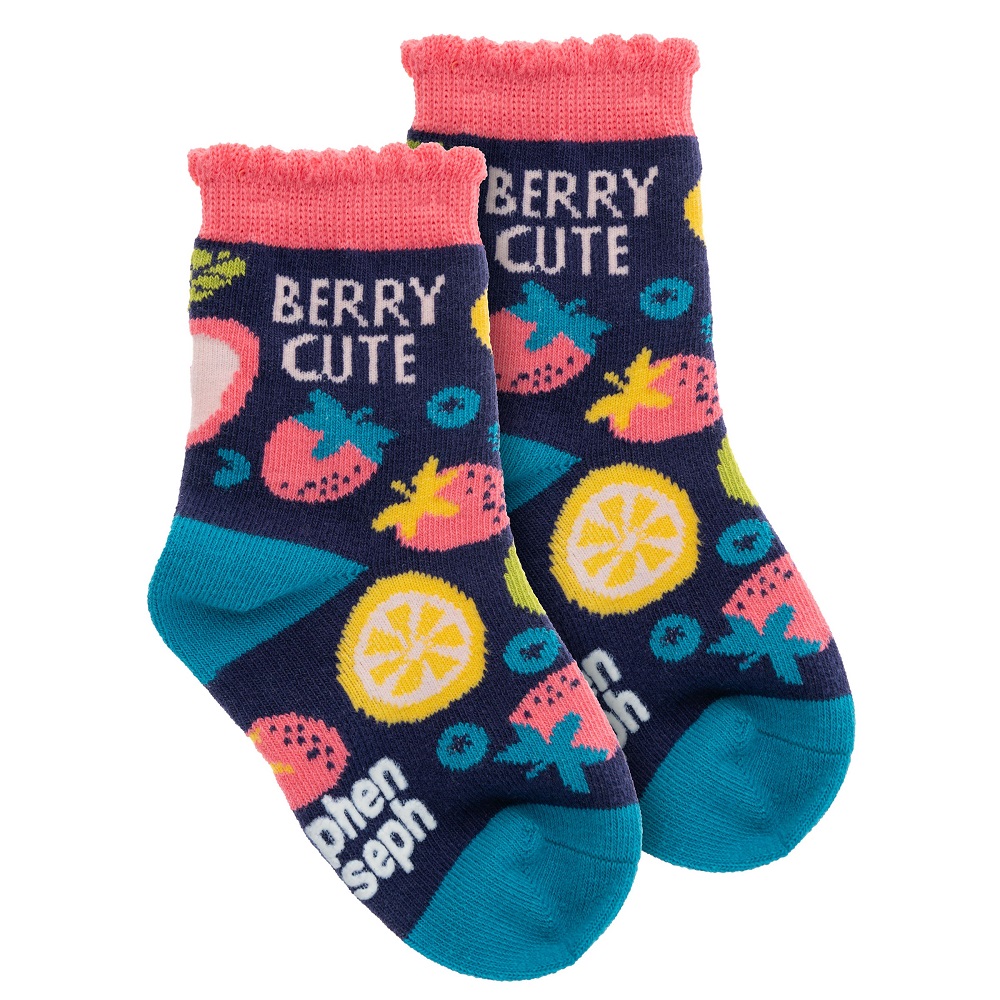Toddler socks are more than just a fashion accessory; they play a significant role in keeping your child’s tiny feet warm and comfortable. As toddlers begin to explore their environment, it is essential to provide them with socks that offer warmth, support, and protection. Selecting the right socks can contribute to your child’s overall comfort and well-being. This article will delve into tips for choosing toddler socks that keep your child’s feet warm and cozy, ensuring they remain happy and ready to tackle their day.
The Importance of Good Socks for Toddlers
Comfort and Security
Socks play a crucial role in providing comfort and security for toddlers. These little ones are constantly on the move, whether they are crawling, walking, or running. Socks serve as a protective layer between their feet and their shoes, providing cushioning that can prevent blisters and chafing. The right socks can also help keep their feet warm, especially during colder months.
Additionally, comfort is essential when choosing socks for toddlers. When kids feel comfortable, they are more likely to engage in play, explore their surroundings, and develop essential motor skills. A good pair of socks allows toddlers to focus on their activities without the distraction of cold or uncomfortable feet, ultimately supporting their physical development.
Health Considerations
Warm socks are crucial for your toddler’s health, as cold feet can lead to discomfort and even respiratory issues. Children are more susceptible to colds and illnesses than adults, as their immune systems are still developing. It is vital to keep their feet warm, especially during winter or in cooler climates.
Moreover, proper socks can prevent skin issues such as athlete’s foot or eczema. If socks are too tight or made from irritating materials, they can create a breeding ground for bacteria and fungi. Ensuring that socks are comfortable, breathable, and moisture-wicking can promote better foot health and overall well-being for your little one.
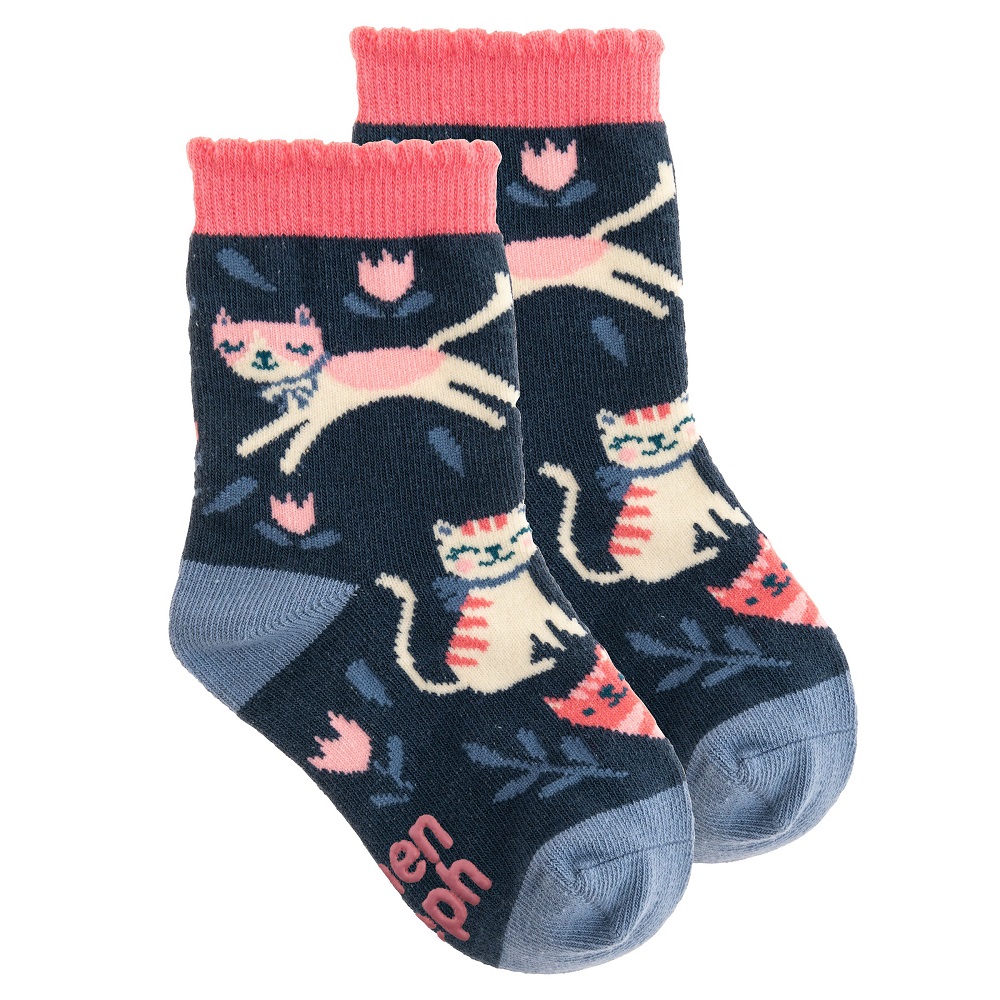
Choosing the Right Material
Cotton Socks
Cotton is a popular choice for toddler socks due to its natural breathability and softness. The cotton socks are gentle on delicate skin and can help to absorb moisture, preventing sweat from accumulating. This is particularly important for active toddlers who play and run for extended periods.
Cotton is also easy to wash and won’t irritate your child’s skin, making it a practical choice for everyday wear. However, keep in mind that cotton socks might not provide as much insulation as other materials in colder climates. For winter wear, consider cotton blends or thicker options to ensure extra warmth.
Wool Socks
Wool is another excellent material for toddler socks, especially during colder months. The wool is known for its exceptional insulation properties, offering warmth without added bulk. It regulates temperature well, keeping your toddler’s feet warm and cozy even when exposed to chilly environments.
When choosing wool socks, look for merino wool, as it is even softer and less irritating than traditional wool. Merino wool socks are breathable and moisture-wicking, making them a suitable choice for various activities. While they can be a bit more expensive, the investment pays off in warmth, comfort, and durability.
Blended Fabrics
Blended fabrics are another option for toddler socks, combining the best features of different materials. For example, cotton-polyester blends can offer softness, durability, and moisture-wicking abilities. These blends often incorporate spandex or elastane for added stretch, which helps the socks fit snugly without slipping off.
When considering blended fabrics, ensure that the socks have enough breathability to prevent dampness inside shoes. Opt for blends that prioritize comfort while still providing thermal regulation for your child’s feet. This versatility is especially valuable for active kids who need durable and functional socks.
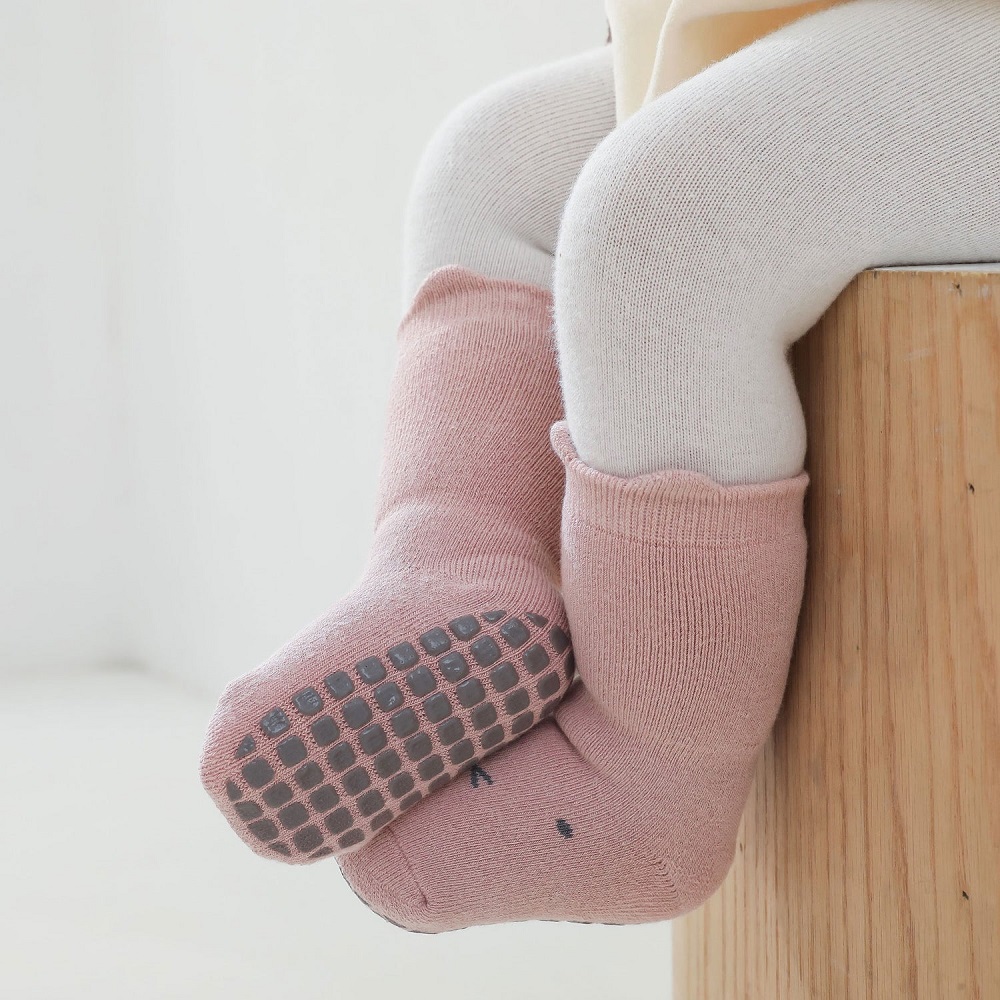
Proper Size and Fit
Measuring Your Toddler’s Feet
Finding the right size socks is crucial for your toddler’s comfort. Ill-fitting socks can lead to discomfort and even potential hazards while walking or running. It is essential to measure your child’s feet regularly, as toddlers grow quickly, and sock sizes may need to be adjusted frequently.
You can measure your child’s feet by standing them on a piece of paper and tracing around their foot. Measure from the heel to the longest toe to determine the correct size. Most brands provide sizing charts that help you find the perfect fit. Keep in mind that sizes can vary between brands, so always check the specific sizing for the socks you are considering.
Understanding Sock Sizes
Sock sizing for toddlers typically ranges from sizes 0-3 months up to sizes 2-4 years. You should select a size that corresponds closely to your child’s age and foot measurement. However, consider the specific brand’s sizing guidelines, as they can differ.
A good pair of socks should feel snug but not restrictive. The cuff should hold the sock in place without digging into your child’s skin. Ensure that both the heel and toe sections of the sock fit well. When trying socks on your toddler, ensure that they can move their toes freely while maintaining an overall snug fit.
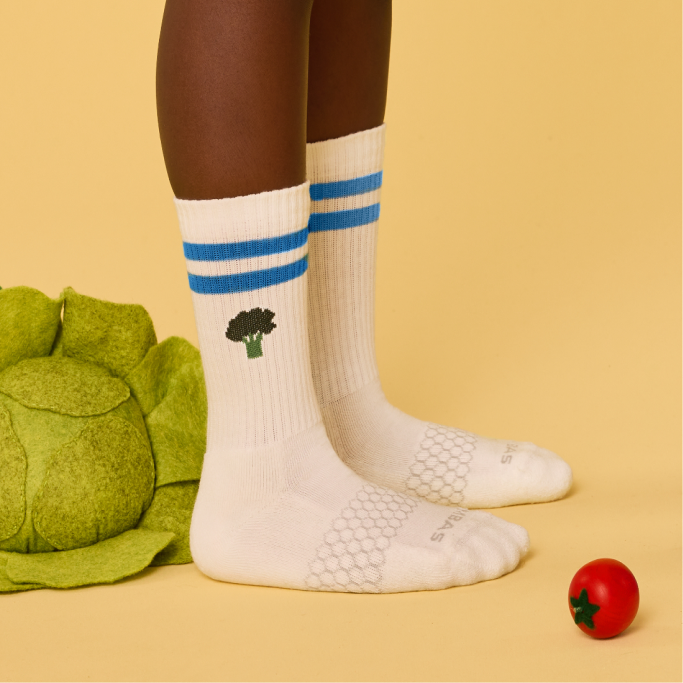
Factors Affecting Fit
It’s important to remember that certain factors can affect how socks fit your toddler, including their activity level and leg shape. If your child is particularly active, you may want to opt for thicker socks with compression properties to provide support while preventing slippage. Consider the sock height as well; crew and knee-high styles may be preferable for colder weather, while ankle socks can be great for warmer seasons.
When reviewing the fit of your child’s socks, check for signs of discomfort. If your toddler frequently complains about their socks or removes them, it may be time to reassess the size or style. Ensuring that your child has socks that fit well can significantly improve their comfort and willingness to wear them.
Style and Design Considerations
Selecting Fun Patterns and Colors
Socks for toddlers are available in a myriad of fun patterns and colors. Bright colors and playful designs can make the experience of wearing socks more enjoyable for young children. Characters from their favorite cartoons, animals, or colorful geometric patterns often capture children’s attention and encourage them to wear socks willingly.
When shopping for toddler socks, consider involving your child in the selection process. Letting them choose their favorite designs can foster enthusiasm about wearing their socks. This interactive approach creates excitement around clothing choices and encourages young ones to embrace wearing the right attire.
Functional Features
Many brands also offer socks with functional features that enhance their usability. For instance, some socks have reinforced toes and heels for added durability, essential for active toddlers who may be hard on their socks. Look for socks with non-slip grips on the soles to provide extra traction while your child is playing, especially on slippery surfaces.
Additionally, consider the sock height when making your selection. Crew socks may offer more warmth than ankle socks, which could be essential in cooler climates. Evaluating both style and functionality will help you find socks that not only look good but also provide excellent support for your child’s activities.
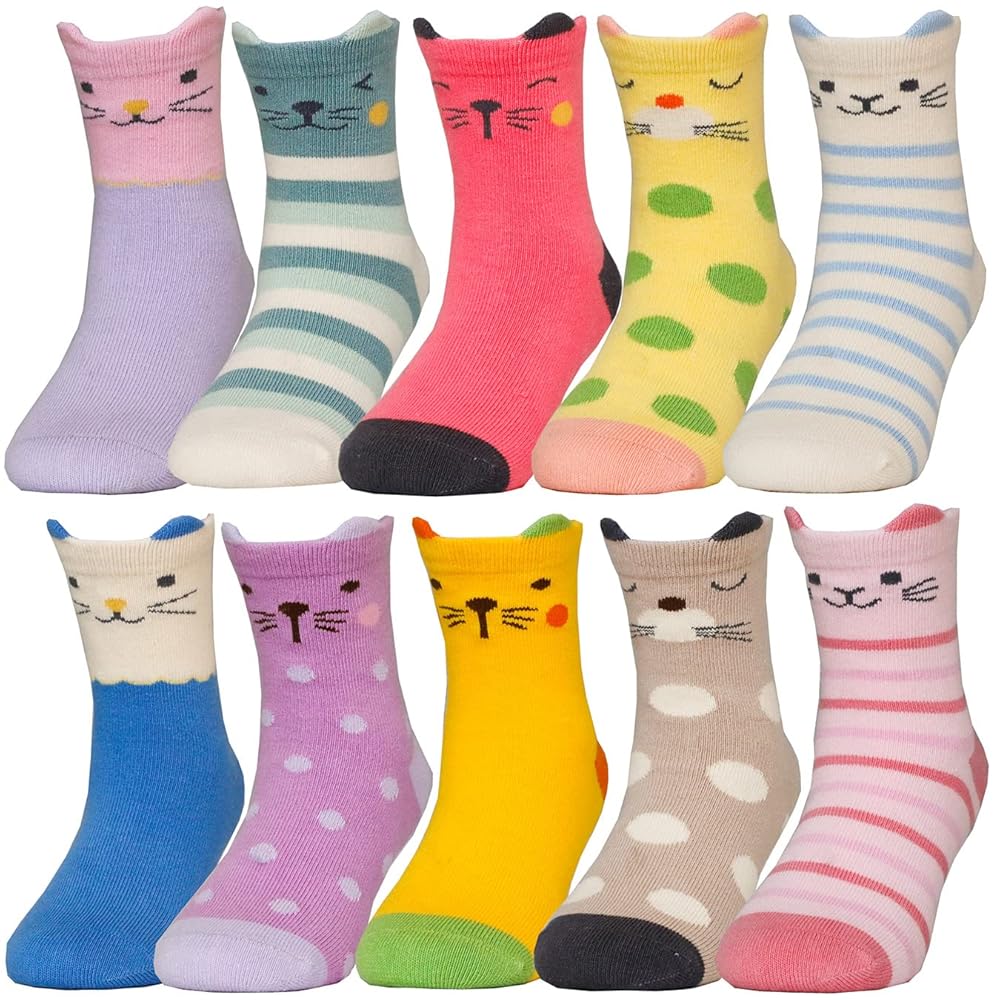
Seasonal Considerations
Winter Socks
During cold months, it is essential to choose socks that provide warmth. When selecting winter socks for your toddler, consider materials such as wool or thicker cotton blends that offer insulation. Look for socks that extend higher up the leg for additional warmth, especially if your child will be wearing boots.
Moreover, consider purchasing socks specifically marketed as thermal or winter socks. These often have additional features, such as cushioning and moisture-wicking properties, designed to handle cold and wet conditions. Keeping little feet warm during winter helps maintain comfort and encourages outdoor play during the colder months.
Summer Socks
In the warmer months, lighter and more breathable socks are crucial. Opt for socks made from cotton or moisture-wicking materials that allow for airflow, preventing sweaty feet. Look for ankle socks or low-cut options that remain cool while providing comfort while wearing shoes or sandals.
Summer socks should be lightweight and comfortable, focusing on breathability. Bright colors and fun patterns can make them more appealing during the summer, encouraging toddlers to embrace wearing socks even in warmer weather. Ensuring that your child’s feet remain comfortable during hot months will enhance their overall enjoyment of outdoor activities.
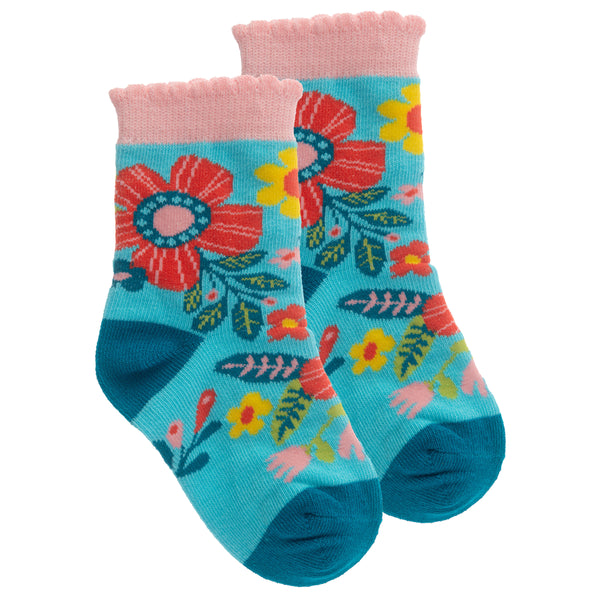
Transition Seasons
During transitional seasons like spring and fall, variability in weather can affect your sock choices. During these times, consider layering socks for comfort. Lightweight, breathable socks can be worn with thicker socks if the weather turns cold. Engaging toddlers in dress-up and layering practices can make for a fun experience while helping them learn about dressing appropriately for varying conditions.
Always monitor the weather conditions to ensure your child’s socks suit their activities. Keeping an eye on temperature fluctuations during transitional seasons allows you to select the right socks that provide the necessary comfort and warmth for your child throughout the day.
Additional Tips for Sock Maintenance
Regular Washing
Maintaining the cleanliness of your toddler’s socks is key to their longevity and your child’s health. Wash socks after each use, and consider using a gentle detergent to avoid the risk of skin irritation. If your child has sensitive skin, opting for hypoallergenic detergents can help prevent allergic reactions.
Always follow the care instructions on the sock labels for washing and drying. Some socks may be machine washable, while others might require handwashing or air drying. Proper cleaning regularly will keep the socks feeling fresh and comfortable for your child.
Preventing Lost Socks
Socks have a notorious tendency to go missing, especially when dealing with toddlers. To combat this, consider using mesh laundry bags to keep pairs together during washing. This will help prevent them from getting lost in the tumble of the wash.
Additionally, involving children in sock-related activities can help, such as having them match pairs after laundry day. This interactive approach makes cleaning chores more fun and teaches responsibility. Keeping socks organized will save you time and energy while ensuring your child’s sock collection remains intact.
Keeping Up with Size Changes
As children grow quickly, it is essential to keep track of sock sizes. Regularly check if your toddler needs larger sizes, particularly when clothes start feeling tight or if your child starts complaining about discomfort. This is also a great opportunity to involve your child in choosing new socks, adding excitement to the process.
By being proactive about assessing your child’s needs, you can maintain a well-stocked sock drawer filled with options that fit comfortably. This simple practice ensures that your toddler is always comfortable, keeping their feet warm without causing unnecessary irritation.
Conclusion
Choosing the right toddler socks is essential for keeping your child’s feet warm and cozy. By understanding the importance of comfort, material selection, proper fit, and seasonality, you can find the perfect options that suit your little one’s needs. Sock selection can greatly improve their day-to-day experiences, ensuring they can play and explore without discomfort.
Involving your child in the selection process fosters excitement around their clothing choices, making it easier to encourage them to wear the socks you choose. By maintaining those socks through regular washing and tracking size changes, you can ensure their longevity.
With these tips in mind, you can confidently create a collection of toddler socks that bring joy and comfort to your child’s daily adventures. As they grow and develop, embracing warmth and coziness through quality socks helps set a solid foundation for an active and happy childhood.
